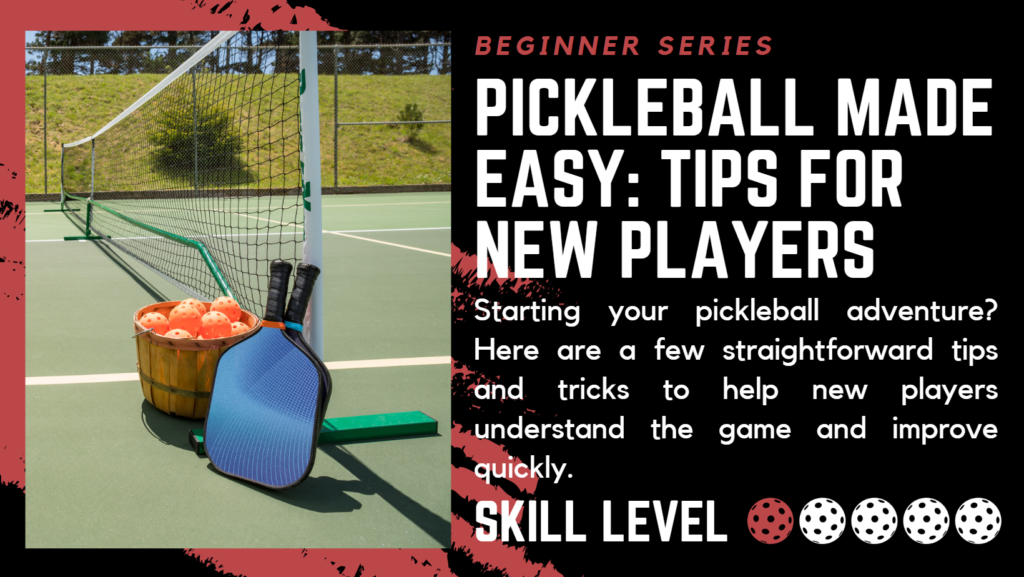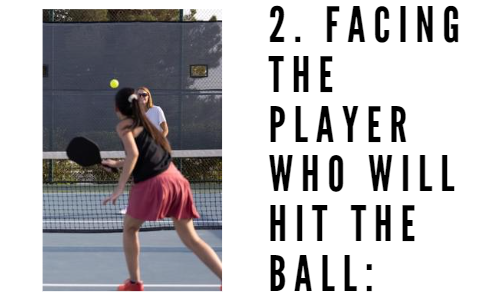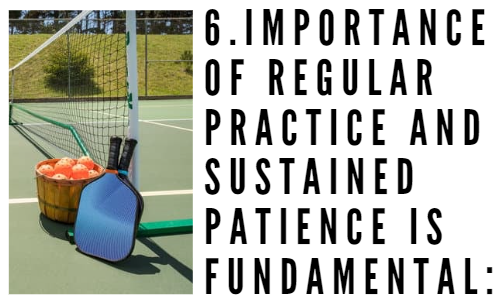
Pickleball Made Easy: Tips for New Players
The sport of pickleball is experiencing a fast rise in popularity, as it incorporates elements from badminton, tennis, and table tennis. Played with a paddle and a ball with small holes, pickleball is a fun and accessible game for players of all ages and skill levels. To excel in this exciting sport, it’s essential to learn the best tips and techniques. This article will provide guidance for both new and seasoned players, helping you elevate your game and enjoy pickleball even more. Starting your pickleball adventure? Here are a few straightforward tips and tricks to help new players understand the game and improve quickly.
Basic Pickleball Tips for Beginners

One of the most important strategies in pickleball is to get to the non-volley line as quickly as possible. This line, also known as the “kitchen” line, is seven feet from the net and serves as a boundary for non-volley shots. By getting to this line quickly, you can take control of the game, put pressure on your opponents, and open up opportunities for more aggressive shots. Keep your feet moving, use a quick sprint or shuffle step, and establish your position at the line to be ready for the next shot.

In doubles pickleball, facing the player about to hit the ball is key. It aids in anticipating shots, reacting quickly, and maintaining court position. Stay focused on both the ball and the player to defend and counter effectively. Determine the likely striker by observing body language, non-verbal cues between partners, and recurring shot patterns. These signs provide valuable insight into who is likely to return the ball. Always remember, adaptability and keen observation are vital to excel in this fast-paced game of Pickleball

Holding your paddle high and close to your chest is absolutely essential for quick reaction time and precise shot control. This position enables you to be ready for any shot, whether it’s a fast-paced volley or a soft dink. Diligently keeping your paddle high also significantly reduces the chance of making contact with the ball below the net level, which is a fault in pickleball. Develop a habit of vigilantly maintaining this paddle position and you’ll see marked improvements in your defensive and offensive game.

A key aspect of pickleball strategy is to keep the ball in play and let your opponents make mistakes. Instead of trying to hit flashy winners, focus on consistent shot-making and good placement. By keeping the ball in play, you put pressure on your opponents and force them to make difficult shots. Over time, this strategy can lead to more unforced errors from your opponents and ultimately more points for your team. Moreover, this approach promotes a controlled and methodical style of play, allowing you to dictate the pace of the game .

As you learn and grow as a pickleball player, it’s important to be open to advice and feedback from others. Constructive criticism from more experienced players, coaches, or even your doubles partner can provide valuable insights for improving your game. Don’t let this feedback discourage you; instead, view it as an opportunity to learn and grow. Embrace the learning process and use the feedback to fine-tune your skills and strategy.

To excel in pickleball, consistent practice and patience are key. Just like any other sport, improvement takes time and dedication. Set aside time to practice regularly, focusing on specific skills or techniques each session. Remember that progress may be slow at times, but with patience and perseverance, you’ll see your game improve over time. Embrace the journey and enjoy the process of becoming a better pickleball player.
For those who are new to pickleball, mastering the basics is crucial for building a strong foundation. By focusing on these fundamental tips, beginners can quickly improve their skills and confidence on the court.
